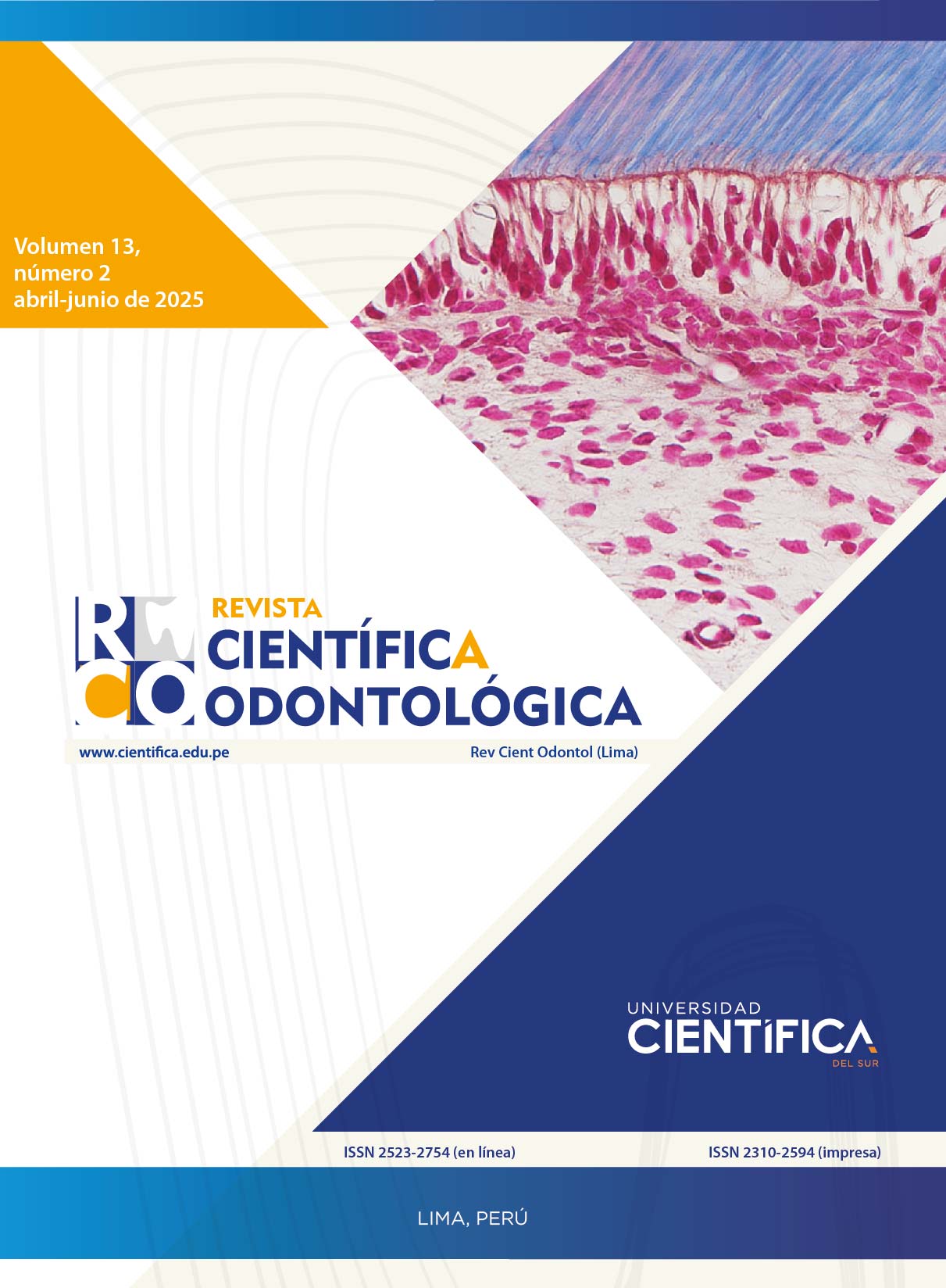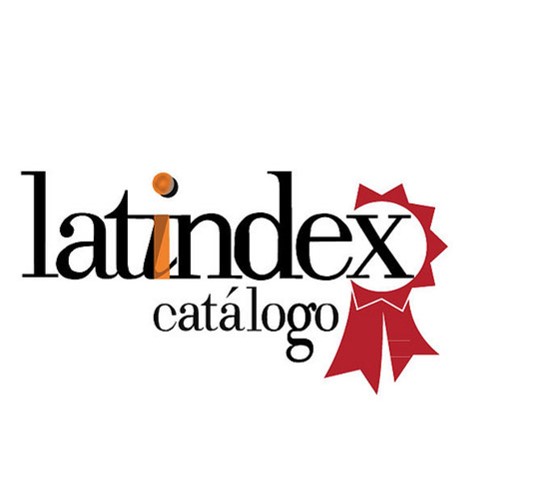EFFICACY OF PHOTOBIOMODULATION IN THE MANAGEMENT OF ACUTE PAIN IN TEMPOROMANDIBULAR DISORDERS: A CASE SERIES STUDY
DOI:
https://doi.org/10.21142/2523-2754-1302-2025-245Keywords:
temporomandibular disorder, orofacial pain, láser therapy, photobiomodulation, diode láserAbstract
Introduction: Diode láser photobiomodulation has been applied as a non-invasive technique to treat temporomandibular joint (TMJ) symptoms, especially in the relief of acute painful conditions. Objective: To evaluate the effect of photobiomodulation in the management of acute pain and mouth opening in patients with TMJ disorder. Methodology: 12 patients diagnosed according to the “Diagnostic Criteria for Temporomandibular Disorders (DC/TMD) for Clinical and Research Applications of the International RDC/TMD Consortium Network of the International Association for Dental Research and the Special Interest Group were included. in orofacial pain from the International Association for the Study of Pain”, after signing the informed consent. All patients were irradiated using Gemini EVO Ultradent® dual diode láser, using an extraoral irradiation protocol of 0.2W over the TMJ and 1W when the patient reported muscle pain over the symptomatic area, with a total of 6 sessions. Pain intensity was rated using a numerical scale (VAS). Mandibular function was evaluated by the maximum unassisted mandibular opening measured in mm. Data were analyzed using a mixed model analysis of variance (ANOVA). Values p<0.05 were considered statistically significant. Results: Pain intensity statistically decreased from 7.52±1.18 to 2.13±1.33 (p<0.001) from the first to the last session. TMJ region showed a reduction in pain from 6.25 ± 2.83 to 1.5 ± 1.50, in the temporalis muscle from 7 ± 1.85 to 1.66 ± 1.30, in the pterygoid from 6.25 ± 2.99 to 1.25 ± 1.15 and, in the masseter 6.83 ± 1.80 to 1.41 ± 1.31. Regarding mouth opening, the function statistically increased from 32.05±4.3mm to 42.66±1.6mm (p<0.001). Conclusions: Pain intensity and mouth opening in patients with TMJ disorder improve substantially after láser photobiomodulation treatments.
Downloads
Downloads
Published
Issue
Section
License

This work is licensed under a Creative Commons Attribution 4.0 International License.

Este obra está bajo una licencia de Creative Commons Reconocimiento 4.0 Internacional.












